For many gardeners this has been a scorching hot and dry summer. Hopefully the cooler weather of fall will soon be on the way. In the meantime as we impatiently wait for this last bit of summer to be over, it is time to start thinking about what to plant for fall and to get the the garden prepped. We share our best tips to get you growing successfully this fall.
Use A Planting Calendar
- Use a calendar to establish which crops to grow. Make a list of what you want to plant and check your seed supplies. Plan on planting more of the crops you really enjoy eating. Get the Low Desert Planting calendar here.
- Decide if you will be planting from seed, seedling, or a mix of both. Get seedlings from a reputable source and check that they are disease and pest free. Often gardeners unknowingly bring pests home from the garden center on seedlings. Look out for local seed exchanges and online seed trading groups if you are having difficulty finding something specific. A & P is a local nursery with four Phoenix area locations that has been family owned since 1970 and has a nice selection of seedlings.
Prepare Soils
- Start the fall planting season strong by preparing soils. Add in good compost and amendments. Leafy vegetables such as lettuce, kales, and cabbage will benefit from a small amount of organic nitrogen, we recommend Earth’s Original Organics Magic Mix. Fruiting and root vegetables such as cauliflower, beans, carrots, fennel, beetroot will benefit from some extra phosphorus to support flower and fruiting. We recommend Earth’s Original Organics Magic Flower.
- We support no-dig methods. If soil is compacted, use a broad fork to help aerate and improve water penetration before using amending. This will improve the soil quality.
- Consider improving fertility in the garden by planting a winter cover crop in some areas. Austrian peas, vetches, fava beans, clover, and daikon make excellent green manures or winter cover crops.
- Root vegetables will need well-draining soils free of clumping and rocks. Adding in some washed sand will improve the quality of the soil for root vegetables.
Practice Patience
- Do not be tempted to plant out crops too early. We still have triple-digit days in October and even those days in the 90s are too high for fall crops. Planting out too early leads to heat-stressed plants that become pest magnets. Additionally, crops such as lettuce and brassicas may bolt. Lettuce can also become bitter.
- Keep the ground moist and as cool as possible and use shade cloth to protect from the hot sun.
Prepare For Hungry Critters

Prepare for hungry Critters
- Newly planted crops will need protection from birds or even insect pests. Consider using row covers to deter insects and protect from birds. Tulle, and wire baskets, are other options to protect newly planted seeds and seedlings.
- Treat soils with beneficial nematodes to reduce thrips, flea beetles, cucumber beetles, and other pests that will show up in spring. As soils and temperatures get cooler in October, it is the perfect time to plan ahead for these pests.
- Be ready to deal with fall pests such as whiteflies and aphids if they show up. Read here for more information on pest management.
Work With Microclimates
- Consider your unique microclimate when planting. Some areas in your garden may be warmer and more protected, others may be much colder. Knowing these spots help with what to plant where and when. Brassicas and root vegetables will benefit from the full sun areas. Leaf crops such as arugula and lettuce will be fine in areas that get around 4 hours of sun.
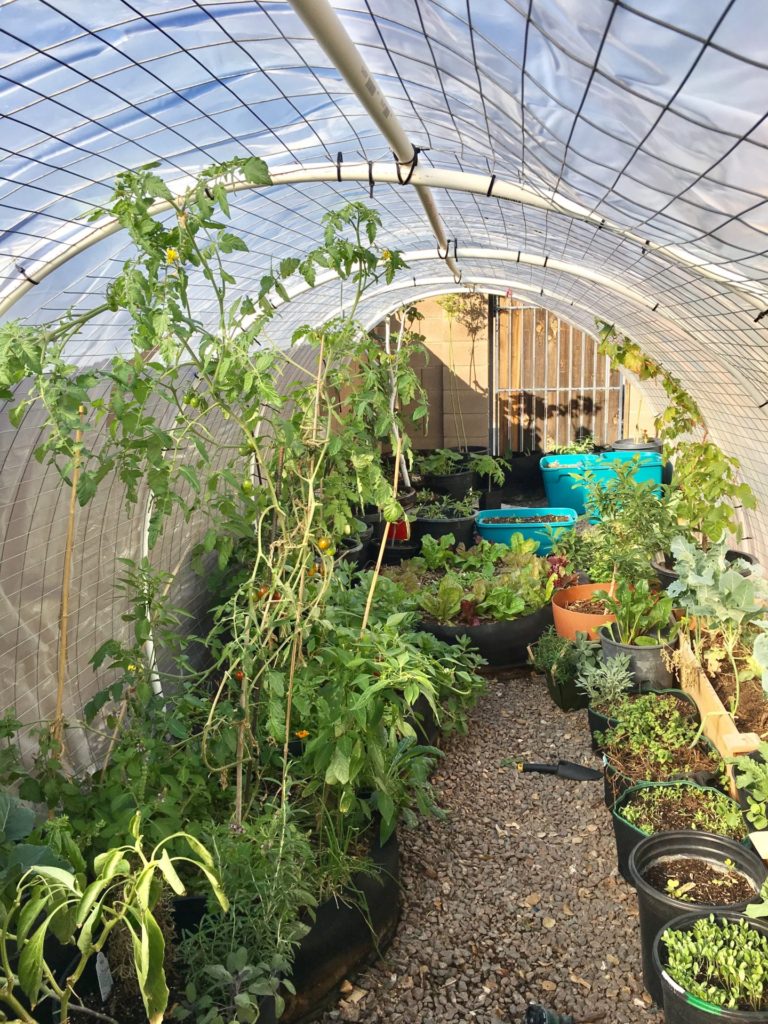
Companion Plant
- Plant herbs and flowers interspersed with veggies to help with pest management and provide food for pollinators in the cooler months. Plan on letting some brassicas go to flower to support pollinators, Broccolini is excellent for this as it produces masses of flowers very quickly if not continuously picked. Radish and mustards are also good choices.
- Good choices for winter herbs and flowers are pansies, petunias, chrysanthemums, snapdragons, dill, fennel, thyme, tarragon, cilantro, marjoram, sage.
- This is also the time to scatter wildflower seeds that will germinate with the winter rain and overwinter as small seedlings. In early spring they will bloom and attract many beneficial insects.
Subscribe to our mailing list and receive a free companion planting guide pdf.
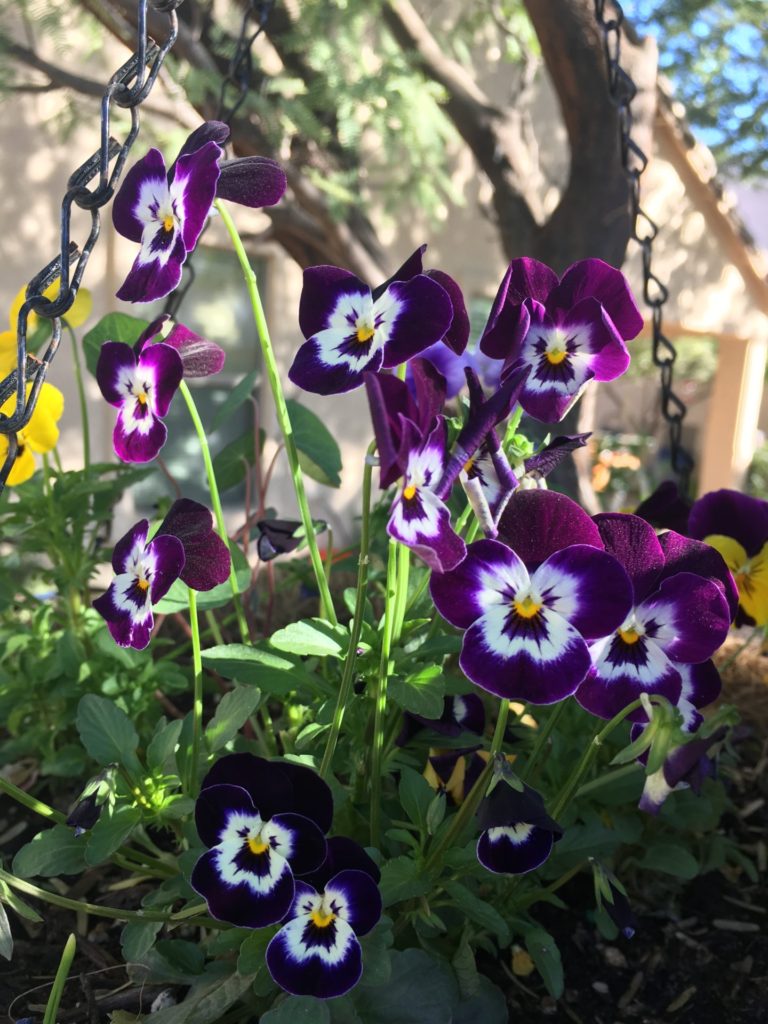
Succession Sow
- Plant to plant out crops 2 weeks apart to have a continuous supply. Example, plant row one of spinach end of October and two weeks later, plant row two.
- Plan on succession sowing to have continuous harvests. For example when harvesting carrots, radishes, or beets, pop new seeds in as you harvest. As you harvest heads of lettuce, have new seedlings ready to replace harvest ones.
- Have a plan for frost and freezers. Most cool-weather veggies can handle the cold, but often we have crops such as tomatoes, peppers, and eggplants overwintering. These will do better with some protection from frost.
Try Something New
- Try something new and fun. Add a crop or two that you have never grown or eaten before. Consider agretti, salsify, cardoons, watercress, nettles, celery root, parsnips, or even rhubarb! Yes, it can be grown here!
- Get excited about how you will be preparing or preserving your harvests. Winter is a great time to focus on these skills and activities.
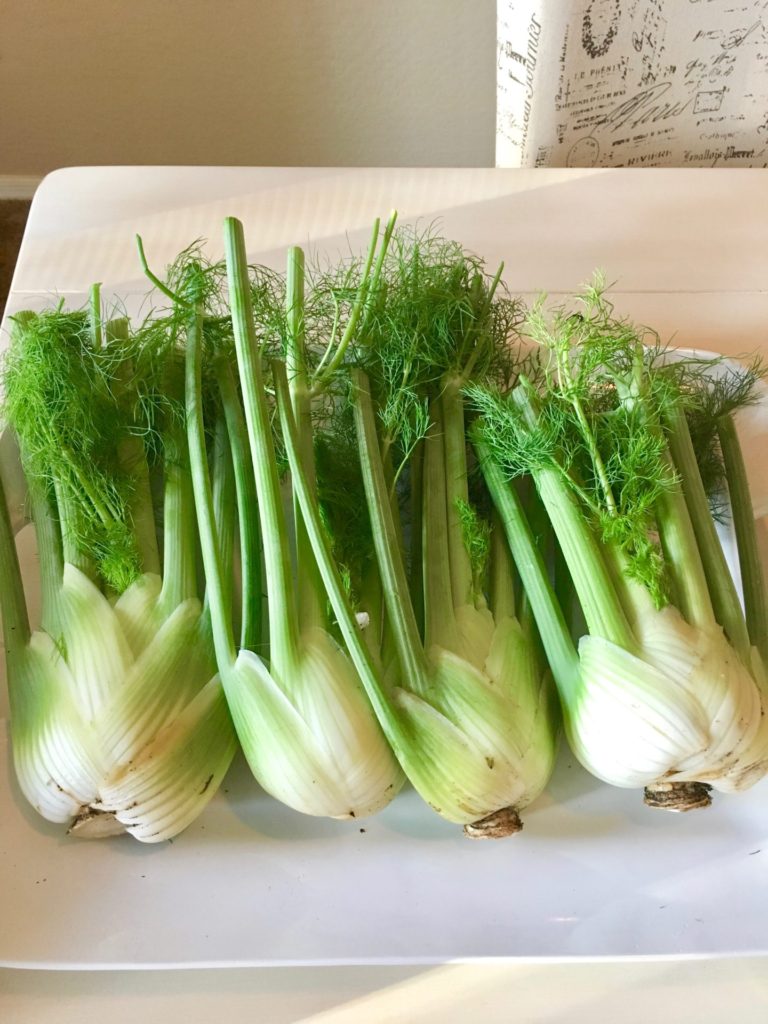


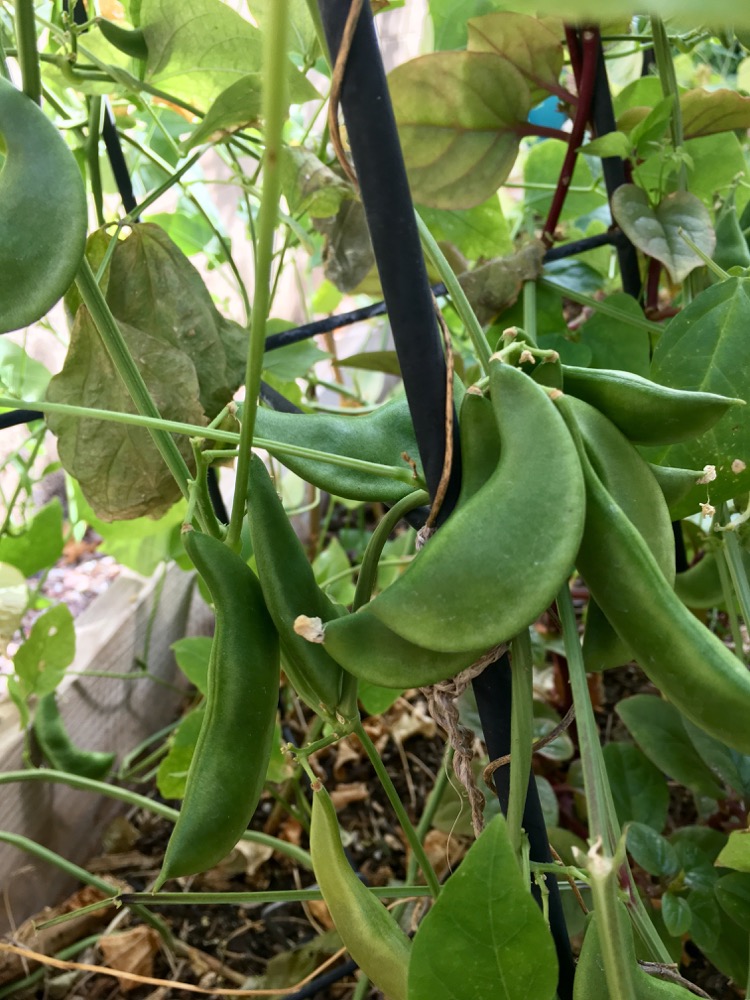
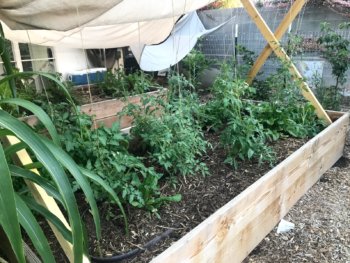
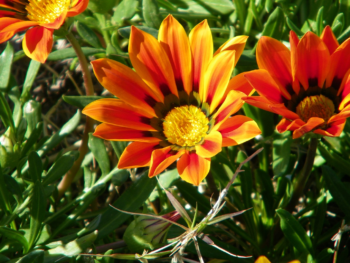

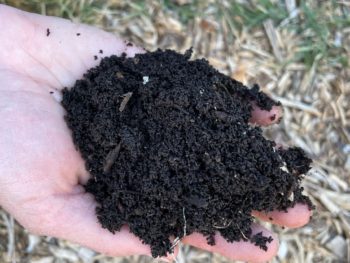
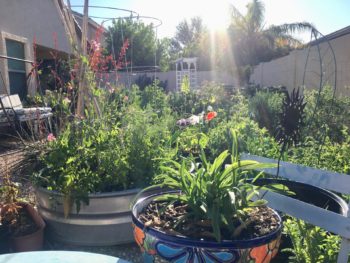

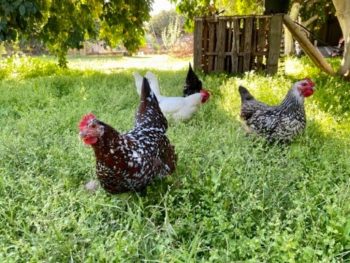


 How To Grow Peppers In The Desert- Sweet & Hot
How To Grow Peppers In The Desert- Sweet & Hot